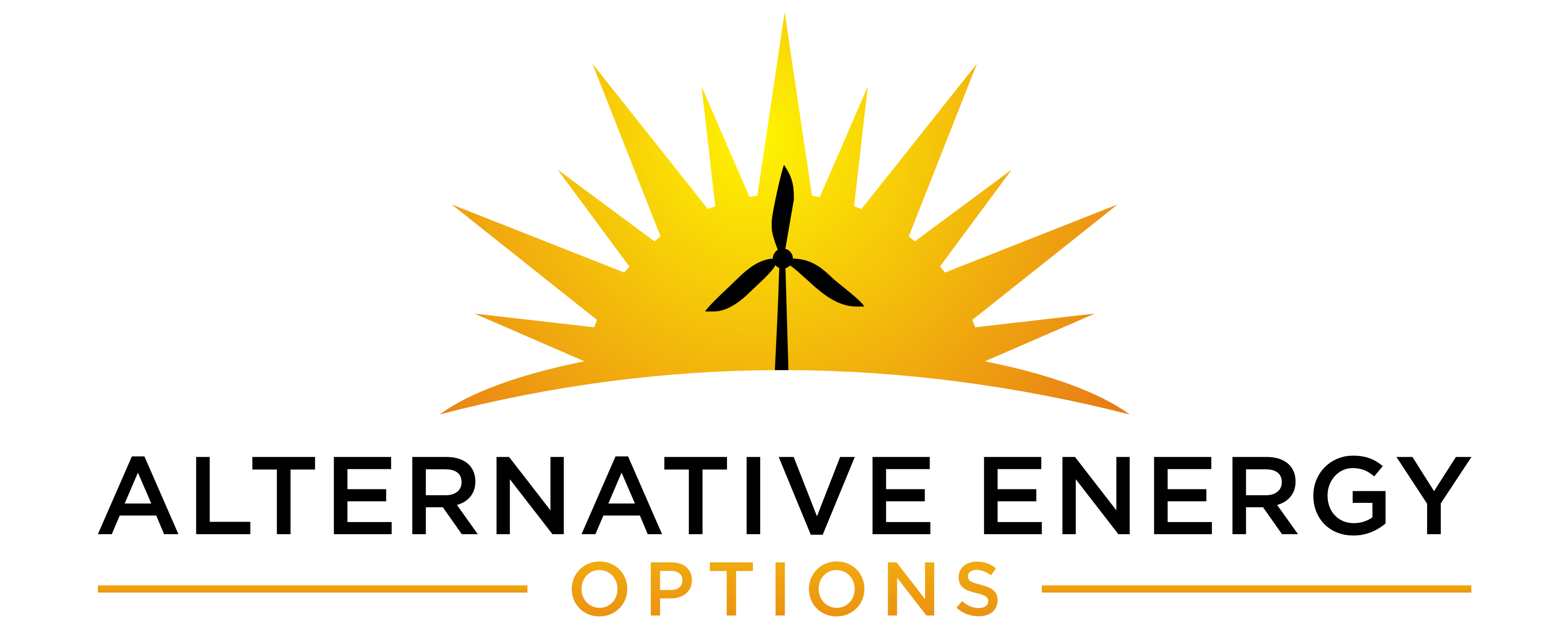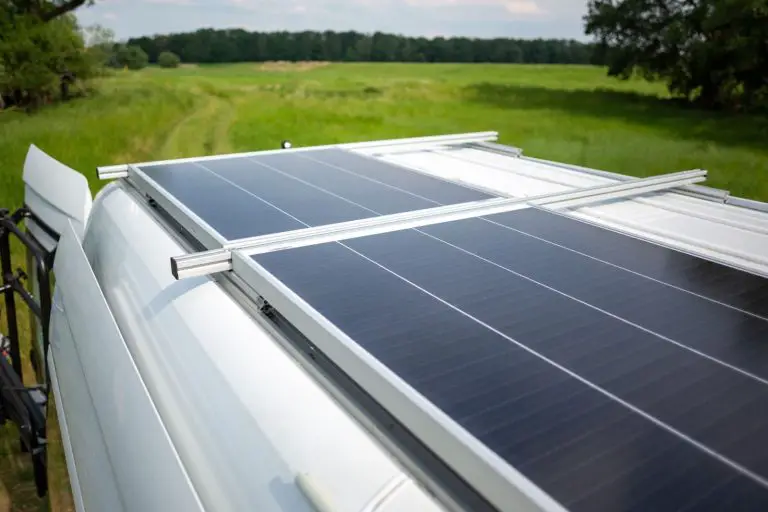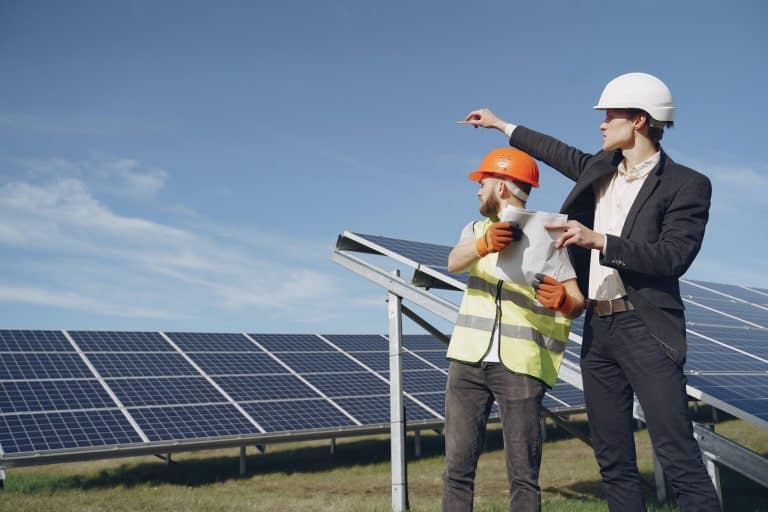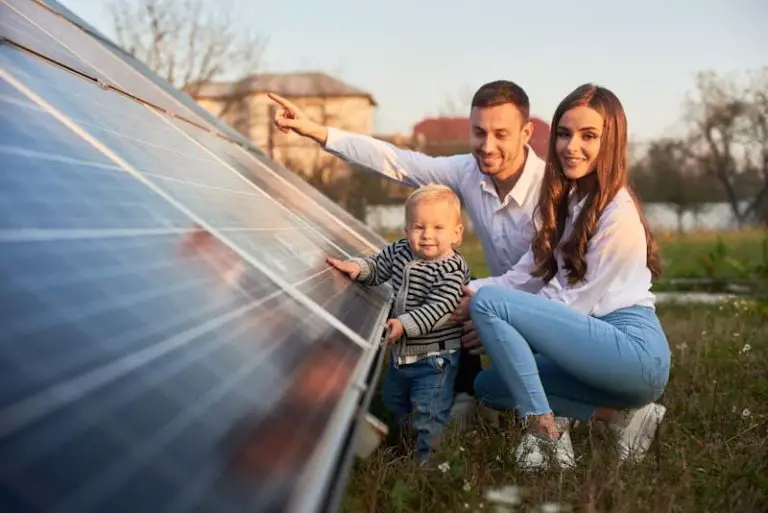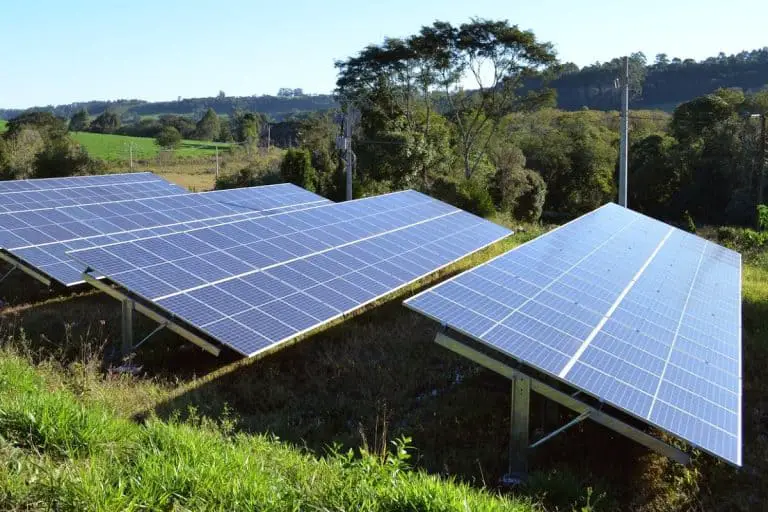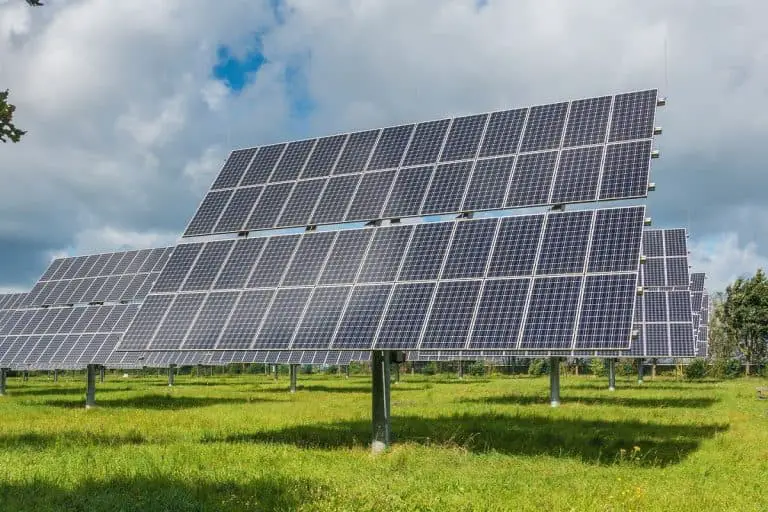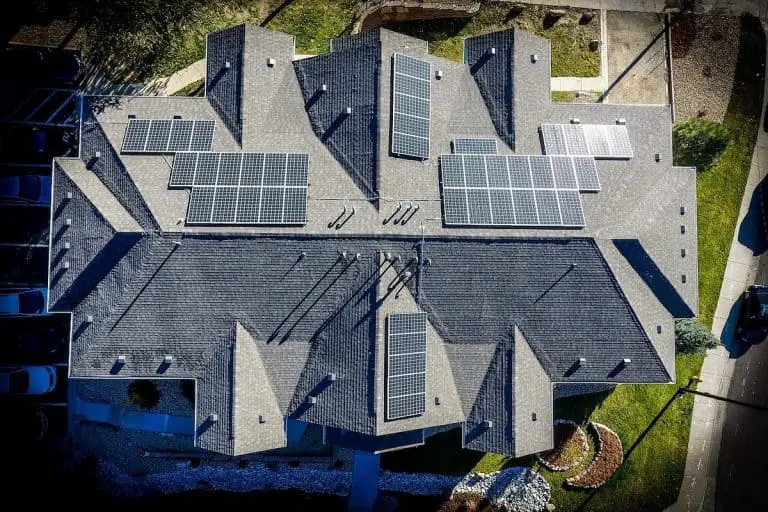Can I Use a Solar Charge Controller for a Wind Turbine?
A solar charge controller cannot be used for a wind turbine. Although both solar and wind charge controllers protect the battery from overcharging, they are very different. A wind charge controller needs to dump its excess load while a solar charge controller does not.
The use of solar or wind energy could empower you to live a greener life that is less reliant on traditional fossil fuels. When charging a battery with either source, a charge controller is necessary, and though it can easily be assumed that the same type of controller can be used for either solar or wind, this is not the case.
In this article, the difference between solar panels and wind turbines, as well as the charge controllers they require, will be explored.
Solar vs. Wind
Solar and wind energy are both wonderful green energy sources that cannot be depleted. Although they can be inconsistent due to their nature, they can not only allow individuals to live off the grid but also provide energy to rural areas previously left without power.
Both sources have pros and cons. Solar panels require far less space than wind turbines and can be installed on the roofs of buildings. They also require less maintenance. Wind turbines can harness power during the day or night and effectively produce more electricity than panels. Newer small wind turbines are also coming onto the market for small scale use. Another big difference between them is how they harness power (source).
Solar Panels
Solar panels work because of photovoltaics. In the simplest terms, they convert light into energy. Solar panels, or cells, are thus also called photovoltaic cells. These cells are composed of semiconductor materials that create an electric field and, ultimately, electricity as electrons are knocked free and transferred from atoms.
The single cells need to be put together into modules and arrays, or panels, and then electrical conductors need to be attached to the positive and negative sides of the cells to form the circuit, which can then power appliances or charge a battery (source).
If solar panels are not connected to anything, the circuit remains open, and electrons are not transferred. This means that there is no current and thus no power created from the solar panels. This does not harm a solar panel, and they can stay disconnected for days on end with no harm done.
Wind Turbines
Wind turbines are very different. While solar panels create energy because of what happens on an atomic level, wind turbines make use of the wind’s kinetic energy and convert it into electricity.
The wind’s kinetic energy is captured by a wind turbine’s blades, and a wind turbine will always have three blades.
The blades then rotate, and inside the turbine is a shaft connected to a gearbox, which is turned by the blades’ rotation. The gearbox, in turn, increases the rotation’s speed by 100. The increased rotations then spin a generator from which electricity is produced (source).
The process of creating electricity with wind turbines is much more mechanical when compared to what happens in a solar panel. Because of this mechanical process and the gearbox in a wind turbine, it cannot just be left to rotate in the wind with nothing connected to it like a solar panel that can just be left in the sun.
When the wind turbine is not powering a device or charging a battery, the process by which it creates electricity doesn’t stop. The blades keep rotating, and the gearbox keeps working. The power it builds up has nowhere to go but back into the turbine itself.
The system heats up, and the motor can then burn out, potentially destroying the entire turbine.
To prevent this, the turbine needs to continue operating under a load. When not charging the battery it is hooked up to, it needs another outlet where the electricity it creates can be sent.
A smart way of dealing with excess load is by powering other electronic devices, for example, or connecting the turbine to the traditional power grid, as the electricity can just be fed into that.
Charge Controllers
When charging a battery from a solar or wind energy system, it is important to add a charge controller into the system between the energy source and the battery.
What Charge Controllers Do
The essential function of a charge controller, be it a solar or wind charge controller, is to protect the battery from over or undercharging by disconnecting the current from the battery when it is full and vice versa. It also keeps the charge in the battery from flowing back into the system once it is fully charged.
The Difference Between Solar and Wind Charge Controllers
The differences between the manner in which solar panels and wind turbines deliver electricity means that they require different things from their individual charge controllers.
A solar charge controller just needs to focus on disconnecting the current from the battery. When the battery is full, your charge controller enters float mode so that no more charge is fed into the battery and the charge doesn’t bleed back into the panel.
Once the battery is used again, the charge controller will start feeding current back into the battery to charge it once more.
A wind charge controller has to protect the battery, but it also has to protect the turbine. The way it does this is by having the controller sense the voltage of the battery.
Once the battery is full, the electricity is diverted and not just switched off, like in a solar panel. This protects the battery and keeps a load on the turbine, preventing it from spinning out of control.
Types of Solar Charge Controllers
There are two types of solar charge controllers. Both will ultimately do the same job, but they do so in different ways, and the size of your solar panel system plays a role in deciding which one to use.
PWM is a Pulse Width Modulation charge controller, and it is basically just an on/off switch between the solar panels and the battery. It is a cheaper controller and is suited to smaller systems. It is simpler to use, and if you just need the basics, this is the one to get.
It does, however, have a lower conversion rate, meaning less of the electricity from the panels actually make it into the battery. It is also not scalable and won’t allow you to expand your solar system should you want to.
The MPPT is the Maximum Power Point Tracking charge controller. It is more expensive and more sophisticated than the PWM controller. Rather than just being an on/off switch, it will ensure that the battery is always charging with the maximum power.
It is better suited to a larger system, and it has a much better conversion rate. It will also allow you to expand your solar system and also offers better battery protection than the PWM controller. However, it can be more than double the price, and it is physically larger.
Types of Wind Charge Controllers
Wind charge controllers can also be PWM or MPPT controllers that work in the same way and offer the same pros and cons. The difference being that an additional element will be wired into the system.
If the turbine is connected to the electricity grid, it does not necessarily have another electrical device, or dump load, in the system. The charge controller will simply divert the load into the grid.
An obvious problem with this is that during a power outage the wind turbine also needs to be shut down as the excess electricity has nowhere to go.
It might thus be a good idea to connect a dump load device as you would in an off-grid wind energy system. The excess electricity can thus be sent to either the power grid or dump load device, which is often a fan, heater, or special resistor.
Hybrid Charge Controllers
Although a lot of emphasis has been placed on how a wind turbine must be able to dump its load and a solar panel doesn’t need to, it is not detrimental to a solar panel to also do this. A solar panel can easily be linked to a dump load device or the power grid and also discard the excess electricity it might provide.
It is, in fact, quite possible to combine wind and solar energy systems to have a more reliable energy source. When one energy source is not available, for example, at night or on a wind-still day, the other will provide the power needed.
If a hybrid system is used, it will require the use of a hybrid charge controller. The hybrid controller integrates the needs of both the solar panel and the wind turbine and allows you to maximize the usefulness of both energy sources.
Final Thoughts
Solar charge controllers cannot be used by wind turbines, although the same type of controllers, PWM and MPPT, are used by both energy sources.
A wind turbine’s charge controller has to allow the turbine to dump its load and, so, protect both the battery and the turbine, whereas a solar charge controller just needs to remove the charge from the battery once it reaches its capacity.
